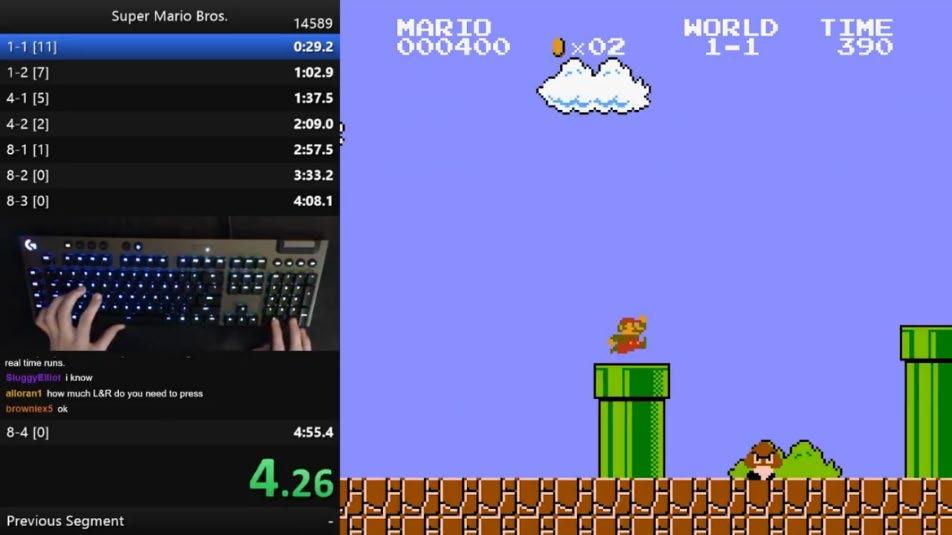
4 minute read
6.5. Concluding remarks
Though the understanding of ludic habitus in the project accounts for how players perceive, appreciate, and act in digital games in broad terms, it does not specifically account for the affective dimension of digital gameplay, apart from connecting certain aspects of it, such as playfulness, to taste patterns and one’s habitus tendency towards experimentation. The affective dimension of gameplay has previously been researched from many specific perspectives such as embodiment or incorporation (e.g. Calleja, 2011), with regards to kinesthetic pleasures that gameplay provides (e.g. Newman, 2002), in light of the rhythms of gaming (e.g. Apperley, 2010), or as part of broader approaches focused on the phenomenology of the gaming experience (e.g. Keogh, 2018). Affective aspects like embodiment or kinesthetic pleasures are important elements of how players experience the situated act of playing digital games, and, with regards to ludic habitus, represent potentially fruitful avenues for future research, left aside here in favor of creating a general understanding of the act of digital gaming as a form of human practice. Such research could, for example, attempt to more closely link certain pleasures with certain game practices or game types (in line with how speedrunning and slow strolling were illustrated in this chapter), or devote more time to exploring the different dimensions of habitus construction through an ethnographic or case study approach. With this in mind, an autoethnographic approach could be particularly useful for exploring affect and habitus in tandem, in an apprenticeship style that has already been implemented by Bourdieusian scholars in other fields in the past (e.g. Wacquant, 1992; Wacquant, 2011). Much like examinations of the social, these investigations would further develop the understanding of ludic habitus present in this project, and account for those elements of it that were omitted here due to the project’s more general concerns and framing.
6.5.Concluding remarks
I began this dissertation with a story about my sister’s childhood gaming exploits, and a concession of personal investment in researching how we as players understand and play digital games. Over the course of the past three years, I have had the unique, confusing pleasure of seeing many different people – hardcore gamers, designers, infrequent and non-players alike –attempt to make practical sense of my ludic creations. If I had the opportunity to travel back to those gaming sessions with my sister and our friends, I doubt I would be able to convince my younger self that there would be a time in our lives when we would make games and watch them being played by others. At the end of the day, this project feels like a personal triumph on that
one account: it allowed me the chance to be as close to digital games – their creation, their consumption, their pleasures, and their mystery – as I had wanted since I was six years old.
Though it is a privilege when projects of this kind have personal value and meaning, they are ultimately conducted to better our collective understanding – in this case, of digital games, their players, and their shared practices. With this in mind, this project’s contribution is its general framework of digital gaming practice – a novel, broad, integrated perspective on players, games, and gaming. The framework fundamentally links practice to time: it shows how players become players through successive acts of gaming practice, how these acts form their methods of thinking about, appreciating, and acting in digital games, and how these methods are then employed and further refined in every subsequent instance of playing games. Ludic habitus, the concept that is at the heart of this project, is the embodiment of a player’s history, guiding them in thought and action alike and helping them to make sense of new gaming experiences. Because of this, it represents a potent, applicable concept for different parties involved in games. For players, it is a cohesive way of thinking about their gaming experiences and relations to (different categories of) digital games as designed artefacts. For designers, it is a tool for understanding their players as actual historical beings, bringing into the act of play their own individual perceptual models, taste patterns, and sets of action competencies, paramount for how they engage with the designed game. For scholars, ludic habitus and the digital gaming practice framework are foundations of a new, holistic perspective on players as unique agents who develop through time, and on the acts of play as co-constituted between them and the design configurations of digital games, both in the moment and throughout the history of gaming as a practical activity.
That being said, despite these accomplishments, which are to be judged by the gaming community at large, the research project described in this dissertation is envisaged as a general foundation, inviting future work inspired by Bourdieu and practice theory in order to further our knowledge of how we, as players, make sense of games. As a specialized form of human practice involving living, breathing practitioners as well as designed hardware and software components, digital gaming is a complex equation, with all of its constituent parts evolving through time. As this project has shown, practice theory is well-equipped for tackling the challenges posed by this equation because it is concerned with its totality, rather than any of its parts in isolation. Without such holistic approaches, we will, at best, only understand the parts, but not how they combine to create that practical magic that captivates and charms so many, so early, for so long. Collecting coins or chasing flags will only get us so far; the game itself is the practice.





